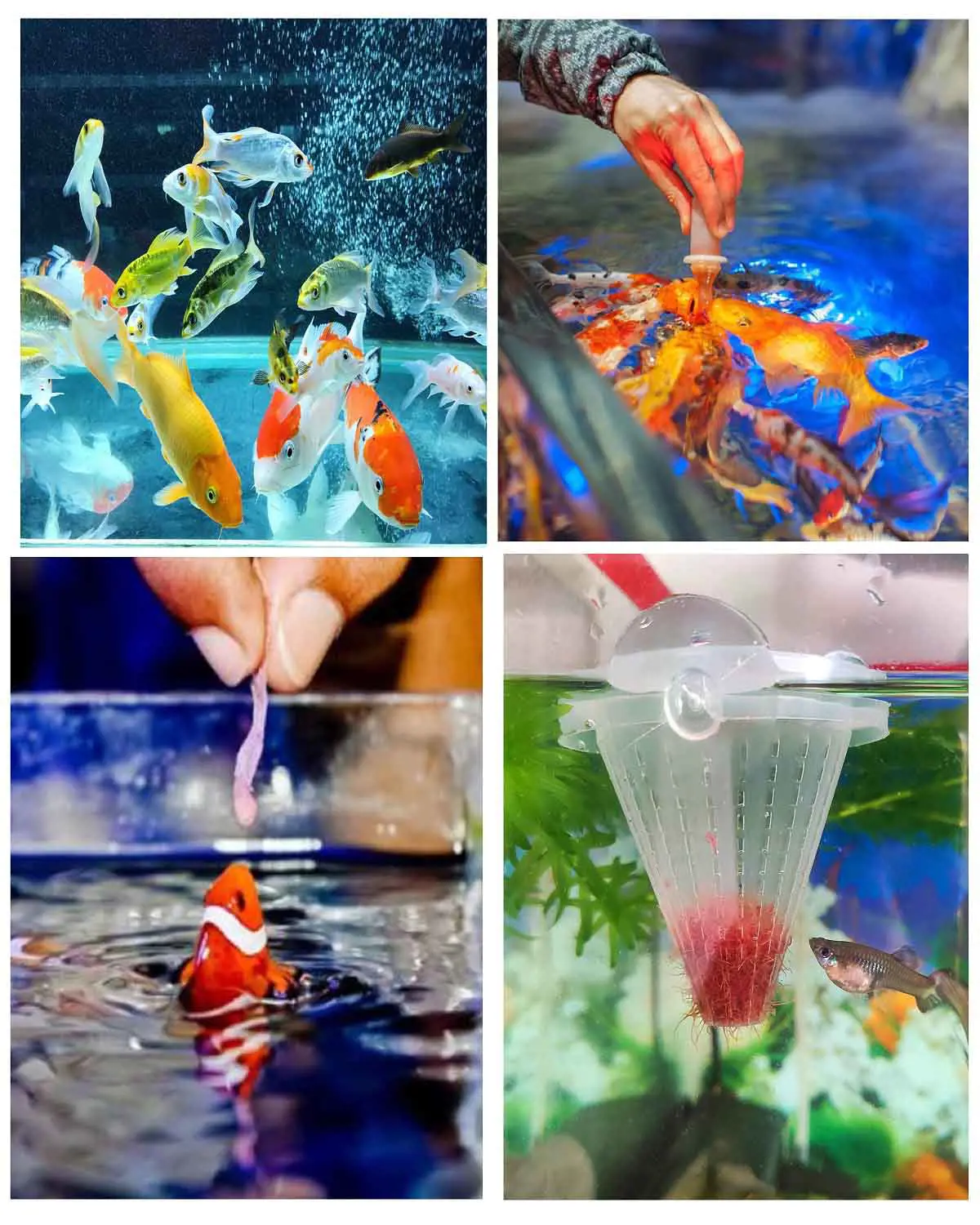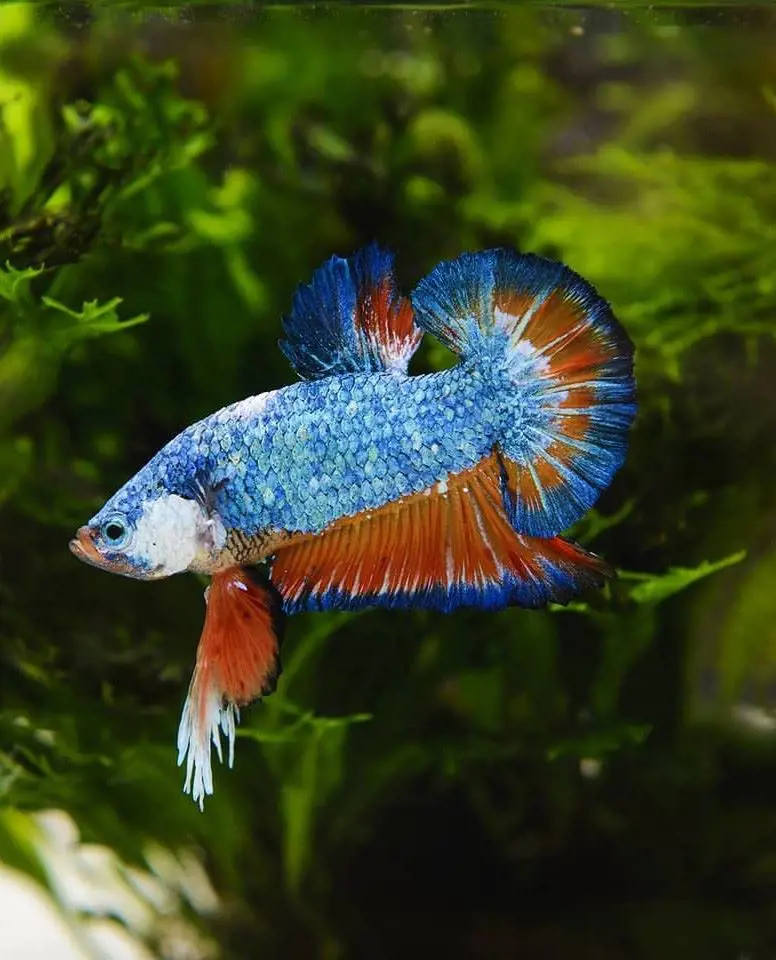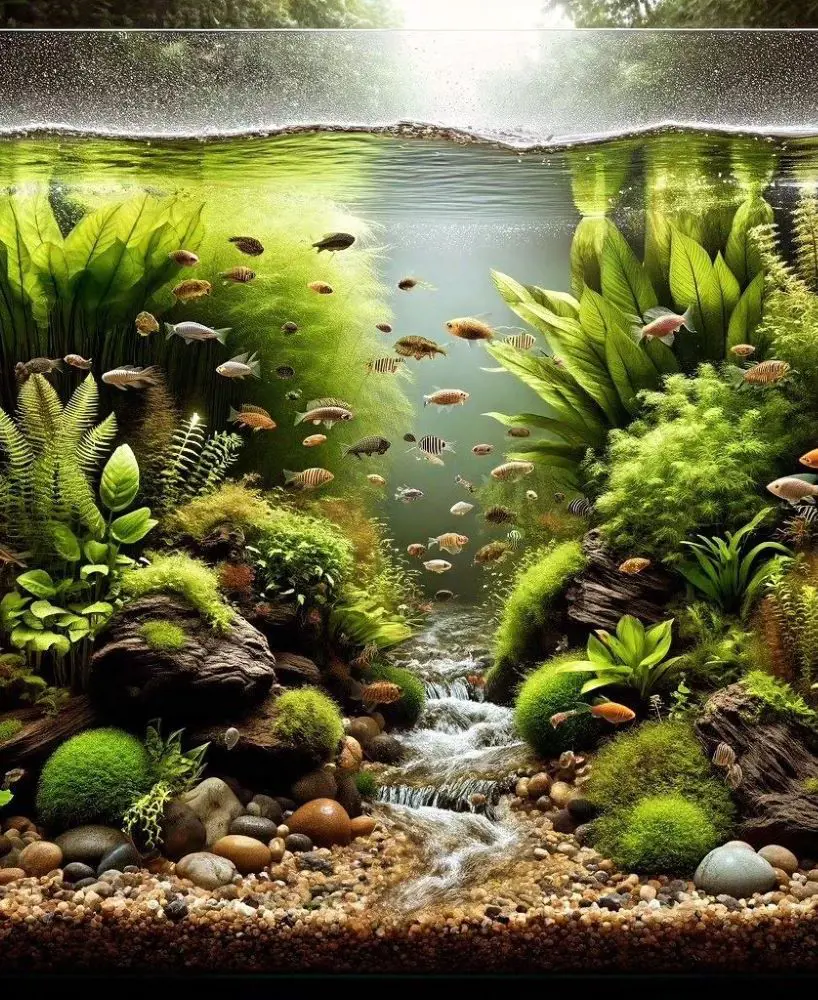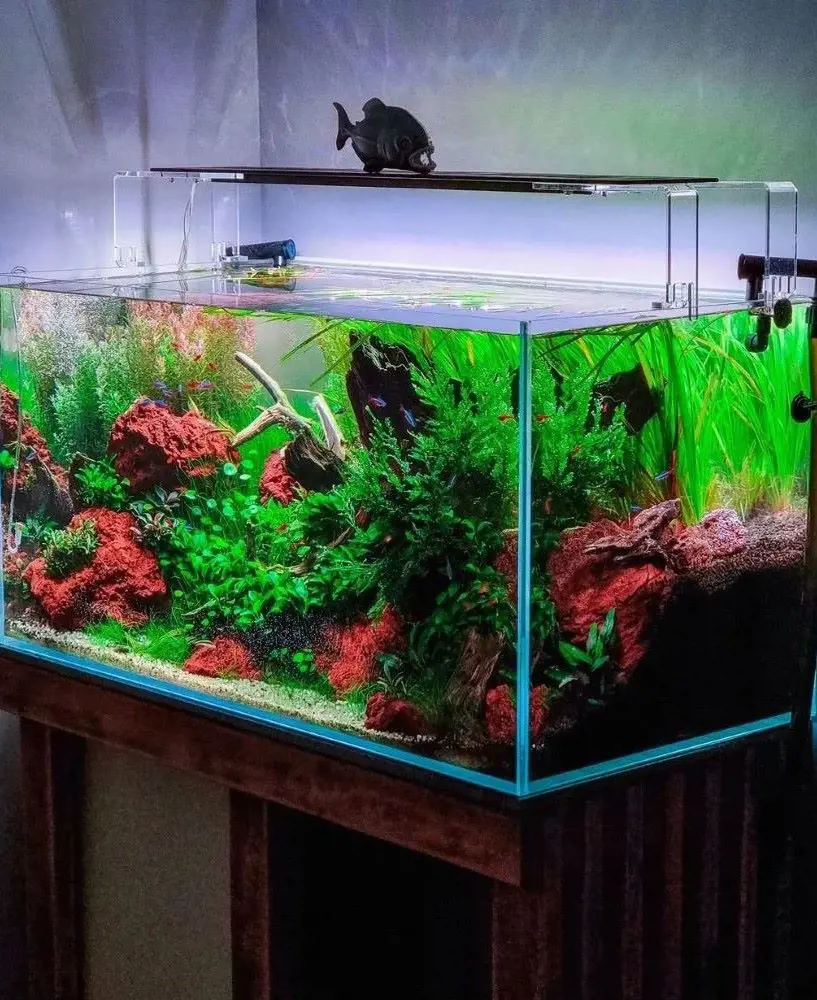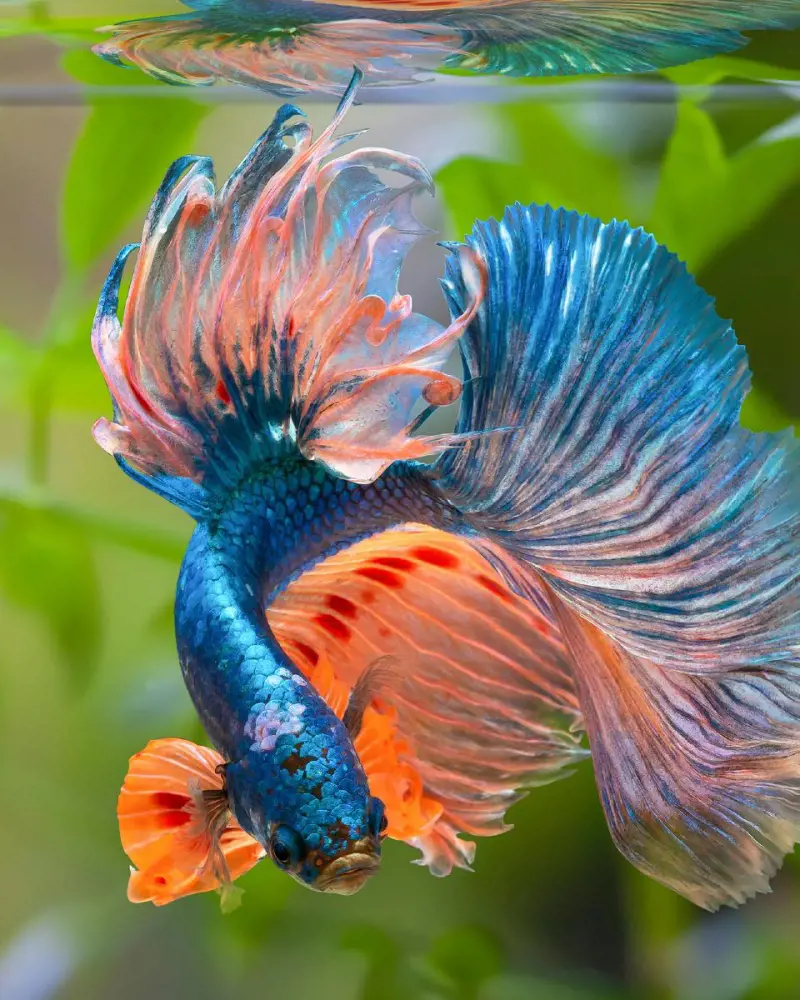Turbo Snail Care Guide And Tank Mates
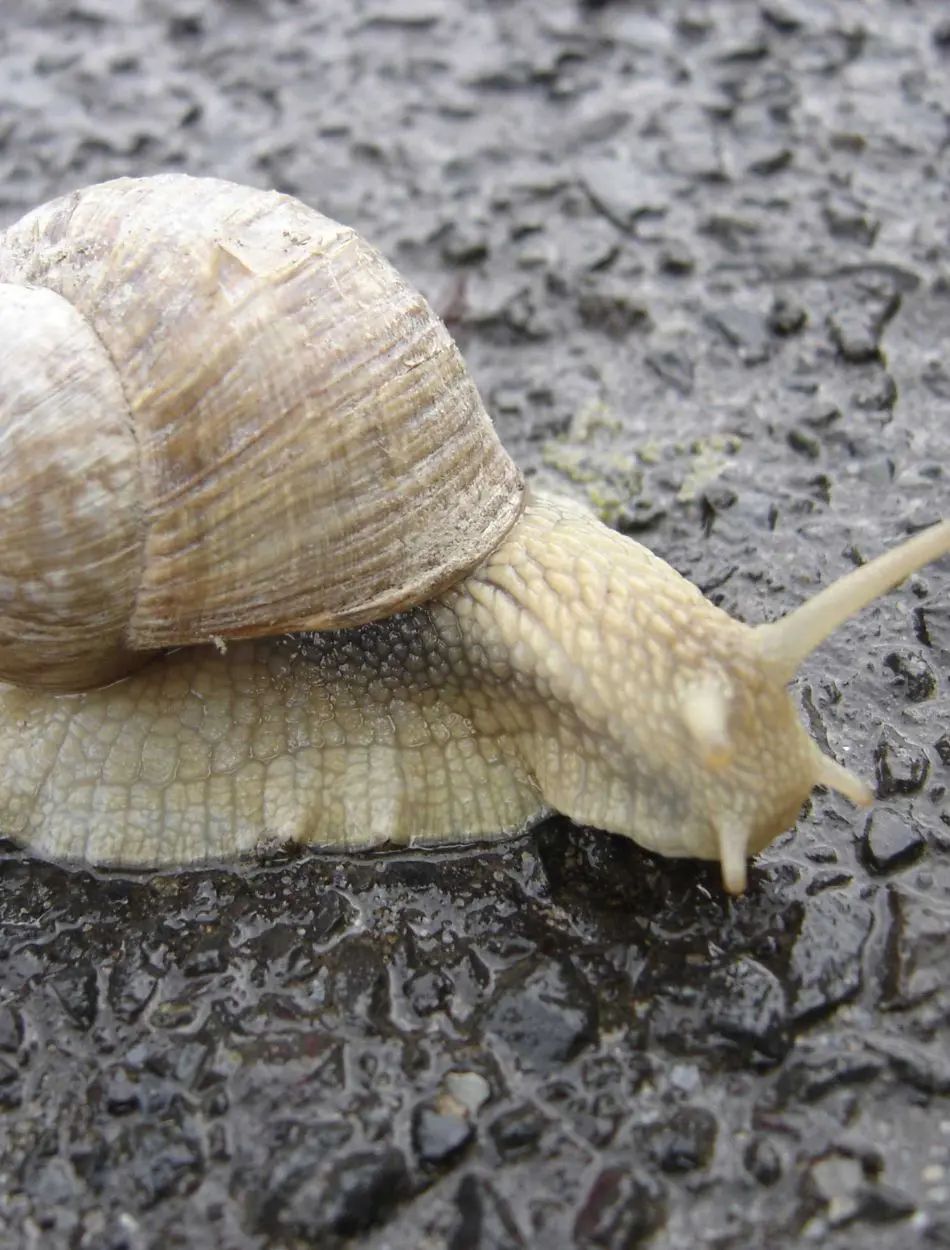
There is no denying that turbo snails prove to be one of the most sought after marine inhabitants due to their highly industrious nature and spiral shaped, quite unique shells. They prove to be very efficient grazers of algae, generally forming the core of a saltwater tank's clean-up crew.
Knowing the needs and habits of turbo snails will help any aquarist, whether experienced or a beginner, get much more from their aquarium. In this article, we'll cover all the aspects related to the care of turbo snails beginning from setting up the tank to the selection of compatible tank mates.
Understanding Turbo Snails
Species Overview
The Turbo snail is from the Eastern Pacific's coastal water; it belongs to the species Turbo fluctuosa. They have a conical shape, are mainly green in color, and can grow in diameter up to 2 inches. Their powerful build with a powerful foot enables them to cling onto rocks and other surfaces, even during heavy currents. Contrary to their name, turbo snails are not such speedsters but are very industrious in their work.
Natural Habitat
Turbo snails are found along rocky shores and close to the reefs in the wild and are primarily grazing algae. They can usually be found in locations where water currents exist, and hence, food is constantly sweeping by, so they can find a sufficient quantity of it. Replicating this natural habitat in your aquarium will do a lot to keep the turbo snail healthy and active.
Setting Up the Ideal Tank

Tank Size and Environment
The Turbo snails do not require the size of the aquarium to be very big, but they require spaces to move around and forage. So, the minimum capacity of the tank, which needs to be kept for the small group of Turbo Snails, should be 20 gallons. Obviously, larger tanks will hold more snails and be more stable.
Essentials of the Tank Setup
One of the most important facets of setting up a turbo snail tank is providing an environment that is as natural to them as possible. You can start with a fine, sandy substrate or very fine gravel this works not only to replicate coastal habitats where they do best but also helps protect their soft bodies from injury.
Add some live rock to your setup, as it will provide a large area for the snails to move about and graze on algae. It also offers shelter for the snails. Secondly, there needs to be moderate to high water flow across all parts of the tank. This not only ensures proper circulation of food but also promotes the cleanliness of the environment generally. This provides an appropriate habitat for your Turbo Snail to stay healthy and thrive.
Lighting
There are no specific lighting needs for rapid snails outside that are required for algae growth. Therefore, a standard reef setup, geared to bring along coral and algae growth, will work just fine. The point is to create conditions where algae growth can be rich, thus allowing your snails to consume the algae as their natural food.
Water Parameters
Proper water conditions are very crucial for the health of turbo snails as they are marine invertebrates and, as such, very sensitive to changes in the water quality. The turbo snails also demand proper water conditions for their health and welfare. The water temperature should lie between 72-78°F, with a pH of 8.1-8.4.
Salinity should be stable at a specific gravity between 1.023 and 1.025 SG. Ammonia and nitrite must be 0 ppm, and nitrate not over 20 ppm, so as not to stress or hurt the snails. Regular checks are thus recommended for such major water parameters since any extreme swing in them could be detrimental or even disastrous for turbo snails. Their longterm good health and vitality are due to the stability in their environment.
Feeding and Nutrition
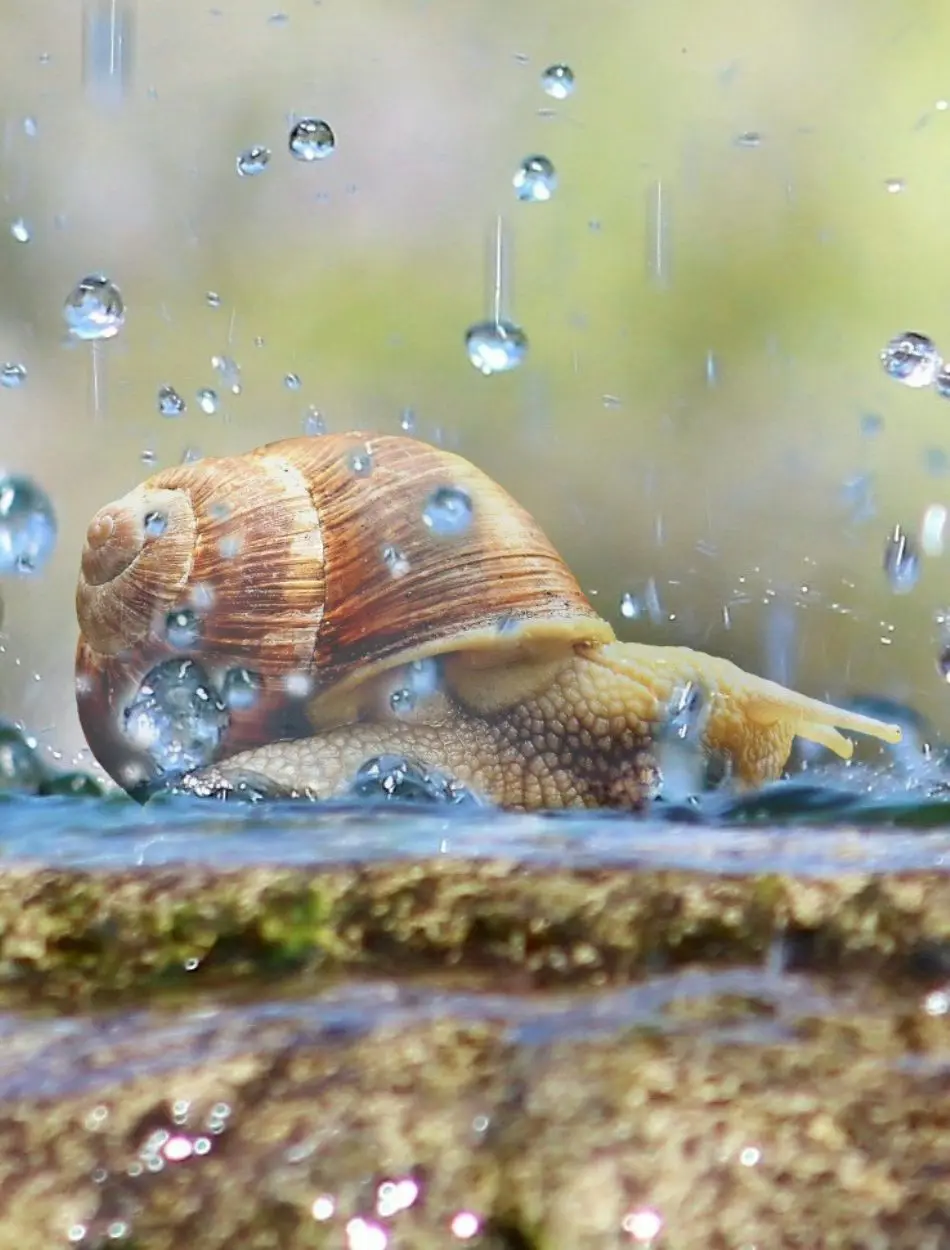
The main reason why aquarists love turbo snails is because of their insatiable appetite for algae. They consume most of the time on various kinds of algae, such as hair algae and diatoms. Make sure you do not give too much food to your snails otherwise, there will be various floating food particles in the water causing a reduction in the water quality.
Algae and Macroalgae
The Turbo snail feeds heavily on algae and macroalgae, which serve as its staple food. These snails can cover over the various types of algae, from brown algae to green and red algae. This will provide them with essential nutrition and clean the tank by not allowing unwanted algae to grow.
Algae is packed with both vitamins and minerals and thus will help keep turbo snails active and healthy, with well developed shells and immune systems that function properly. This uptake of macroalgae will also contribute to the maintenance of a balanced ecosystem within the aquarium by controlling algae proliferation and providing a natural diet.
Commercial Snail Food
There are commercially available snail foods that bring much convenience to the diet, which is specifically balanced for turbo snails. Such foods will, therefore, have a mix of algae and spirulina with other nutrients aimed at the maintenance of good health and growth of shells.
They contain essential vitamins, minerals, and proteins that might not be fully available from just natural algae. Adding some commercial snail food will give them balanced and varied nutrition for improved growth rate, reproductive health, and general well-being, especially in aquariums where the level of natural algae is low.
Vegetable Supplementation
Supplementation with vegetables like zucchini, spinach, and lettuce will not only give them additional nutrition but also some variety for the turbo snails. Vegetables can contribute fiber, vitamins, and minerals to their diet based on algae, and thus help in digestive health.
When introducing vegetables, they should only be lightly blanched so that they can be more easily consumed and digested by the snails. Offering a variety of vegetables can help ensure a balanced diet will be taken in and provide stimulation for natural foraging behaviors, overall health, and activity level in turbo snails.
Calcium Supplements
Calcium is the major element involved in the proper development and maintenance of turbo snails' shells and hence should also be supplemented into their diet. Additions like calcium wafers or crushed coral can provide another source of this vital mineral in the aquarium.
Adequate calcium levels in the water prevent erosion of the shell and increase overall shell strength, thereby reducing the risk of shell damage and supporting the general health of the snail. Maintaining the availability of calcium ensures that the growth of the shell will be robust and can contribute to its long term well being for turbo snails.
Feeding Frequency and Quantity
Feeding turbo snails appropriately means a person has to understand their dietary needs and change accordingly the amount and frequency of food. In general, it is more than adequate to feed once or twice daily in very small portions since overfeeding will break down the water quality and result in an overgrowth of algae.
Also, the same amount of food at each feeding provides the snails with enough food without creating imbalances in the tank environment. Monitoring their eating habits, therefore, and adjusting the quantities accordingly is quite essential in maintaining a healthy diet for them and in ensuring overall growth with vitality.
Common Health Issues
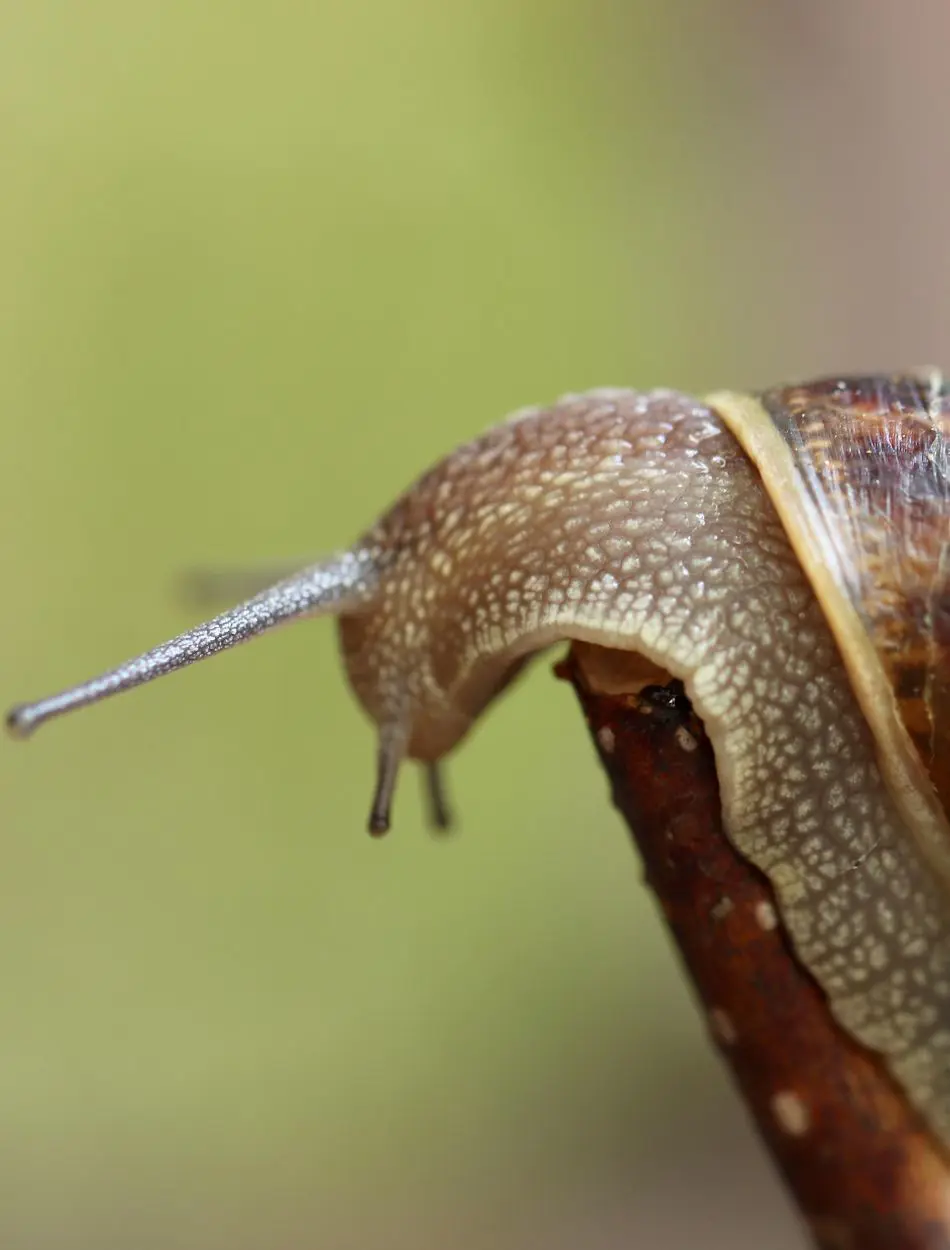
Healthy turbo snails are very active and always grazing, thus seemingly restlessly running around the tank, sticking to rocks and glasses while grazing. Their shells are supposed to also be smooth, not cracked and chipped.
Shell Erosion
Shell erosion can result from poor water quality, mainly low calcium concentration. The concentration in the tank should be kept at 380 to 450 ppm so that your snail doesn't have to go through this problem enhancing its well being.
Parasites and Predators
Some fish and invertebrates can target them for the food source so a through study and care must be taken when choosing tank mates since some species are prone to nipping or even consuming your snails.
Tank Mates
Turbo snails are peaceful creatures, and they do well with other like-minded, non-aggressive species. Some fish that will be a good company to the turbo snails are as follows.
Peaceful Fish
Turbo snails are nonaggressive creatures and can be kept in tanks with other nonaggressive species. They make great companions for many such fish that are similarly gentle. Clownfish are vibrantly colored fish that don't trouble other fish and hence wouldn't attack the turbo snails.
Gobies are small fish, non-aggressive, and won't hurt the snails. Another good option would be algae-eating blennies, which are the same in space but do not pose any kind of conflict, hence creating a balanced and tranquil community in an aquarium.
Reef Safe Invertebrates
Generally, turbo snails are compatible with most reef safe invertebrates, making them popular choices for any marine aquarium. As expected, hermit crabs are normally reef-safe and can get along pretty well with turbo snails. Nevertheless, there is always caution when talking about larger species that could turn problematic at one point in time.
Another good mate would be cleaner shrimp; since they are not very aggressive, they mostly live peacefully with turbo snails. Most species of starfish coexist well with turbo snails, except for the predatory ones that might present a threat. Turbo snails generally do very well in community life with these invertebrates and contribute to the balance of a healthy reef ecosystem.
Corals and Anenomes
Turbo snails are relatively reef safe as they don't tend to bother corals or anemones. In fact, grazing from them will often keep the corals free of overgrowth by algae.
Tank Mates To Avoid

Being cautious about the tankmates of turbo snails maintains a good environment with other species. The following are some of the tankmate types that need to be avoided:
Aggressive Fish
As such, these turbo snails are mostly peaceful, so there will not be any threat from violent fish. Big, disruptive cichlids, lionfish, and triggerfishes are best avoided. Some fish can be very territorial and may bully or even attack the snails either in a fighting nature or from curiosity. Such hard jaws and violent behavior can leave the snails with injuries or affect the feeding process of the snail.
Predatory Invertebrates
It is best to avoid housing turbo snails with any predacious invertebrates, such as large crabs or mantis shrimp. These critters will see the snails as potential food items and have no hesitance in picking on them. Crabs especially the larger species or more hostile ones are likely to try and prey on, or bully, the snails for food, which may lead to a great deal of stress or even injury. Mantis shrimp are also known for their powerful strikes, where they might target snails as a source of food.
Aggressive Hermit Crabs
However, while small hermit crabs are usually compatible with turbo snails, larger and more aggressive hermit crabs will simply create freshwater snail problems. Such crabs tend to be aggressive in regard to foods or territories, and are larger in size, which may therefore endanger the snail by causing an injury or death.
Small Or Slow Fish
Tiny or lethargic fish, such as certain types of gobies or blennies, should also be considered potentially at risk in the same tank as turbo snails. These are not aggressive creatures, but with their sluggish disposition and small size, they might become victims of accidental tramping or even disturbance by the snails.
Breeding Turbo Snails
Natural Breeding Behavior
Breeding turbo snails within the constraints of a home aquarium is not very simple. Release of both eggs and sperm into the water column and fertilization occurs in the case of turbo snails. This means this type of reproduction needs certain conditions that are almost impossible to artificially create within an aquarium.
Encouraging Breeding
Breeding turbo snails requires some main requirements to be considered by you. First, you will need a stable environment. It includes holding the conditions of the tank constant, with a stable temperature and high water quality. You will also need an adequate amount of algae supply within your tank, as this will feed the snails and the parents and offspring. In breeding turbo snails, therefore, focus shall have to be needed on each of the factors above in order to create an ideal environment.
Challenges in Breeding
Even if breeding does take place, raising the larvae is a complicated procedure. The larvae are planktonic, which means that they float in the water column and are very vulnerable. They need special care, and most will not survive in a regular home aquarium setup.
Benefits On Aquarium
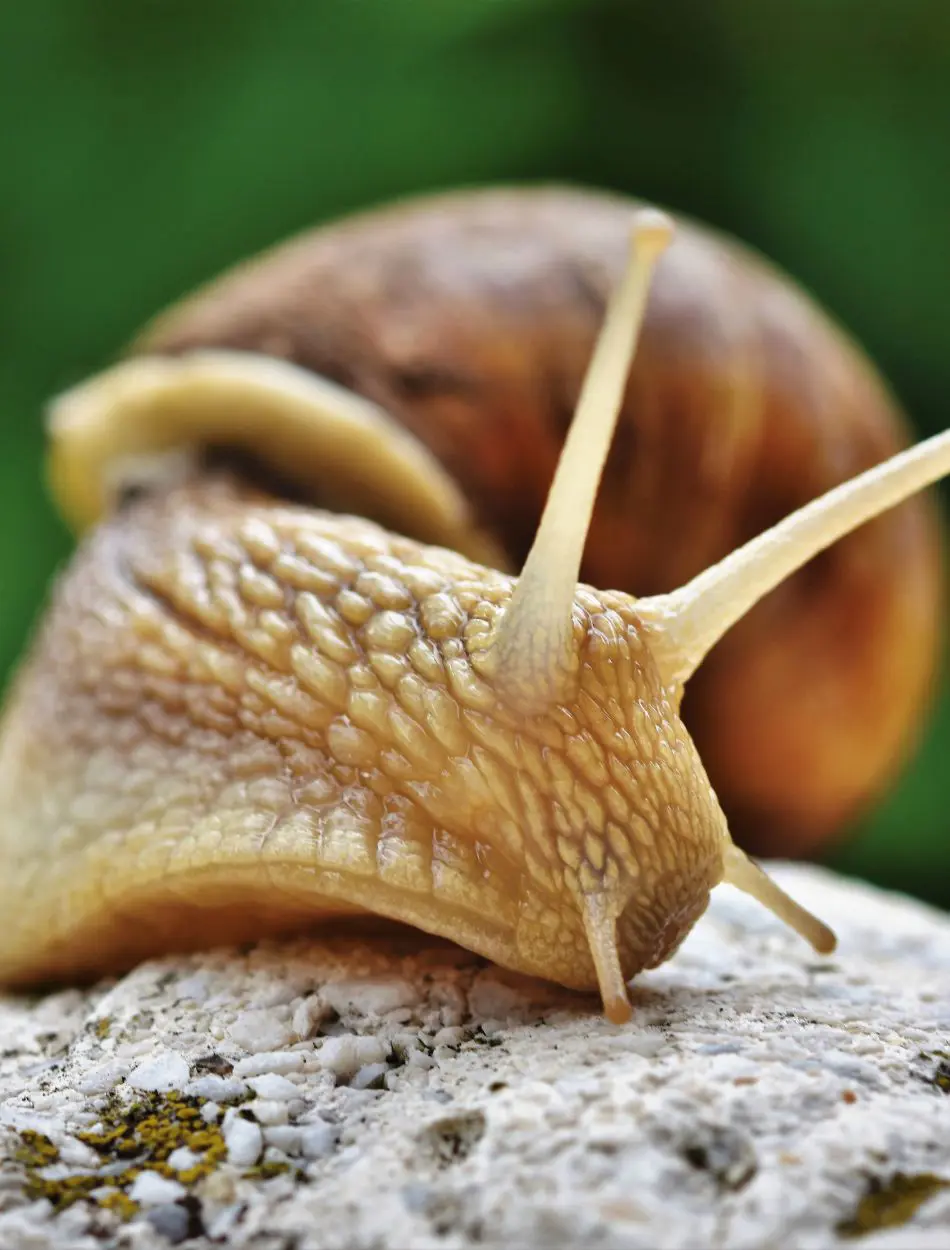
Algae Control
One of the most important advantages of rearing turbo snails in your aquarium is their exceptionally good trait of controlling algae growth. These mollusks are really heavy algae eaters, always grazing on rocky, glass, and substrate surfaces.
The Turbo snails consume hair algae and diatoms, which contribute to the overgrowth of algae, associated with poor water quality and unhealthy conditions for the other tank inhabitants. Inherent grazers would lessen the need for chemical treatments against algae, which, in turn, leads to a more balanced and stable aquatic environment that is easy to maintain.
Natural Cleanup Crew
Turbo snails make up for their inability to clean up organics with an efficient cleanup crew for marine aquariums. They also clean up detritus and uneaten food that drops to the bottom of the tank, thus keeping the substrate clean.
This works not only to ensure better water quality but also to reduce the harmful buildup of waste, which can lead to spikes in ammonia and nitrite. Turbo snails break down organic material, play their part in reversing this activity, and thus are very beneficial in maintaining robust and healthy aquariums.
Compatibility with Other Marine Life
Another important benefit of turbo snails is that they can live well with numerous other forms of marine life. Turbo snails are not aggressive and will not harm any other fish, corals, or invertebrates that you might have in your tank. They are reef safe and will not sting corals or any other sensitive creatures in the tank.
The overall content balance of the aquarium is improved just by the fact that they cohabit well with other species. This makes them quite universal for a community tank and in a reef setup, where keeping peace is desirable to have all inhabitants thriving.
Top Lists

